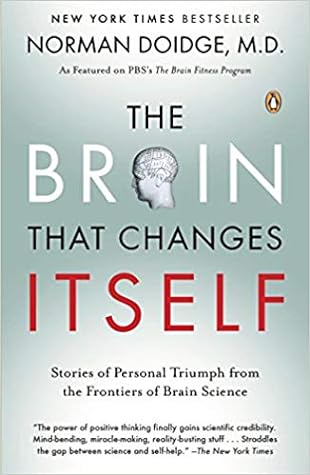In the mid-1990s, at Duke University, Miguel Nicolelis and John Chapin began a behavioral experiment, with the goal of learning to read an animal’s thoughts. They trained a rat to press a bar, electronically attached to a water-releasing mechanism. Each time the rat pressed the bar, the mechanism released a drop of water for the rat to drink. The rat had a small part of its skull removed, and a small group of microelectrodes were attached to its motor cortex. These electrodes recorded the activity of forty-six neurons in the motor cortex involved in planning and programming movements, neurons
...more
This highlight has been truncated due to consecutive passage length restrictions.


